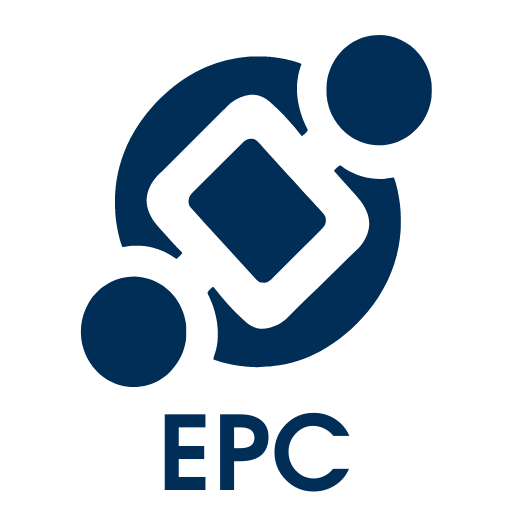Localization refers to the practice of adjusting the properties and characteristics of objects to accommodate differences based on location, product, or service.
EPC now allows users to create localized copies of objects across all modules, making it easier to manage variations for different markets, countries or operational conditions, for example.
Why is localization useful?
Many companies operate globally, encountering variations in processes, products, or services that are influenced by location or other factors. Localization enables users to create versions of objects tailored to specific needs while maintaining a connection to the original version.
For example, a manufacturing process may vary from country to country due to differences in customer preferences, legal requirements, or other factors. With localization, users can create local copies of objects making slight adjustments without the need to completely recreate them.
Localization is especially useful when objects are mostly similar but need adjustments due to political, legal, geographical, or cultural factors. Additionally, the localized copy retains its relationship with the original object, ensuring consistent management and updates across different locations or products.
Creating a Localized Copy of Objects
To create a localized copy of an object, follow these steps:
- Navigate to the object you want to localize.
- In the Diagram (for Process) or Details view, click on the Tools menu.
- Select Localize
- The creation prompt will appear. Use the Location and/or Product or Service dropdowns to select the appropriate localization values.
- After selecting the localization values, click Create.
- You will be redirected to the newly created localized object.
Localizing Objects with Subprocess(es)
When localizing objects with subprocesses, two scenarios may occur:
- No Previous Localization: If neither the parent process nor its subprocess have been localized before, when you localize the parent, all its subprocess across all levels will be localized as well.
- Partial Localization: If the parent process hasn’t been localized, but one of its subprocess has, localizing the parent will create shortcuts to the already localized subprocess in the newly localized version of the parent.
Toggle Between Localized Copies
For more information on how to toggle between localized copies of objects, please click here.
Tips & Tricks
Localized copies behave similarly to regular objects:
- Move: Users can move localized copies as needed.
- Shortcuts: Use shortcuts to refer to localized copies in other processes.
- IPL: Users can link processes to localized processes, ensuring continuity across locations.
Creating a localized version of an object that is currently being edited is allowed. Users won’t receive a lock error message, and the localized version will be created with the latest saved content.
Need more help with this?
Visit the Support Portal





